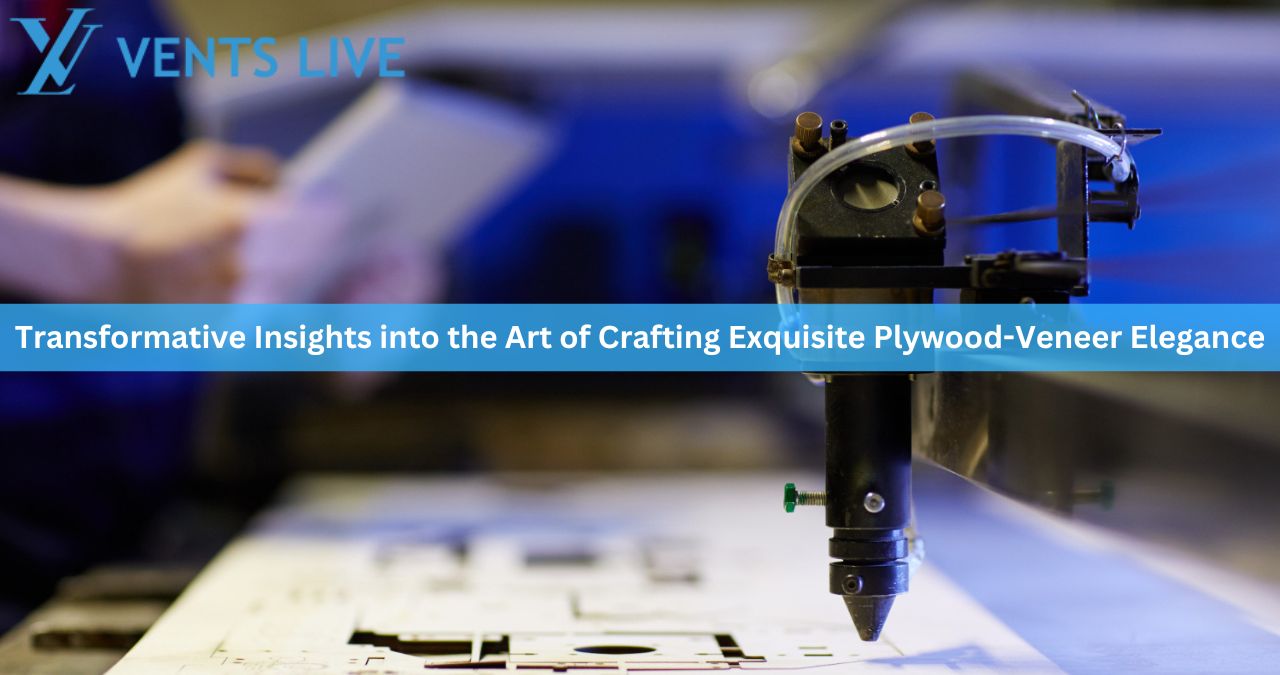Plywood-Veneer stands as a cornerstone in construction, finding its utility across diverse projects, from structural undertakings to interior enhancements. This versatile material bridges the gap between functionality and aesthetics, offering many applications. In this exploration, we delve into the intricate process of plywood -veneer production, unraveling the mystery behind its widespread use in both indoor and outdoor construction ventures.
Understanding Plywood: A Symphony of Layers
Plywood-Veneer is a wood-derived material meticulously crafted from thin layers, aptly termed “plies,” of wood Plywood-Veneer. What distinguishes plywood is the strategic bonding of these layers with adjacent ones, wherein the wood grain undergoes rotation of up to 90 degrees. This amalgamation creates a robust, flat sheet – the essence of plywood’s composition.
Crafting the Layers: A Tailored Approach
The manufacturing process of Plywood-Veneer adapts to the intended purpose of the final product. For construction, the plywood is pressed into sizable flat sheets, while applications in aircraft, boat construction, or furniture may involve forming into curves. Each ply layer boasts its wood grain perpendicular to the adjacent one, ensuring strength, and durability, and minimizing the risk of shrinking. A fundamental Plywood-Veneer structure comprises a minimum of three wood layers bonded with adhesive.
The external facets of Plywood-Veneer are termed the “back” and the “face,” with the former often concealed, while the latter remains visible. The middle layer, known as the “core,” forms the backbone, and if five or more plies are employed, the internal layers become “crossbands.”
Materials: The Essence of Plywood Variety
The materials utilized in Plywood-Veneer production dictate its characteristics. Softwoods like cedar, pine, redwood, and spruce, particularly Douglas fir, are common for plywood. Hardwood options encompass oak, mahogany, teak, maple, or ash. Composite plywood, featuring a core of solid lumber or particle board, is favored for thicker sheets.
Adhesives play a pivotal role, with different types tailored to specific applications. Phenol-formaldehyde resin, prized for strength and moisture resistance, finds its place in exterior structures. For interior applications, adhesives derived from soybean or blood protein are common. Urea-formaldehyde resin steps in for furniture construction.
Beyond Wood: Enhancements and Treatments
Plywood construction can extend beyond Plywood-Veneer. Metal, plastic, paper, or fabric layers may be bonded to the back, face, or both, creating overlaid plywood. This variant, resistant to moisture, finds applications in transportation, agriculture, and construction.
For decorative projects, liquid stain layers offer a polished aesthetic. Additionally, Plywood-Veneer can undergo chemical treatments, enhancing its resistance to flames or decay, and tailoring it to specific requirements.
Classification: Grading Plywood Excellence
Plywood-Veneer is classified into two categories, each with its unique grading system. Construction/industrial plywood is lauded for its strength and is graded based on veneer quality, exposure capability (exterior or interior), and defects. Grades range from D (with multiple defects) to N (with very few defects).
Conversely, hardwood/decorative plywood is revered for its aesthetic appeal. Grading here centers around moisture resistance, with face veneers typically free from defects visible to the naked eye. Types include III, II, I, and Technical.
Dimensions: The Palette of Plywood-Veneer
Plywood-Veneer dimensions span a wide spectrum, with thicknesses ranging from 0.6 inches to 3 inches. Common usage falls within the 0.25 to 0.75-inch thickness range. Uniformity is key, with the back and face veneers, as well as the top and bottom crossbands, maintaining identical thickness.
Embodying universal properties, plywood seamlessly integrates into diverse building and decorative projects. For those seeking a deeper understanding or further insights into the art of plywood making, Curtis Lumber & Plywood stands ready with a wealth of information. Craft your projects with the finesse and reliability that plywood brings to the table.




